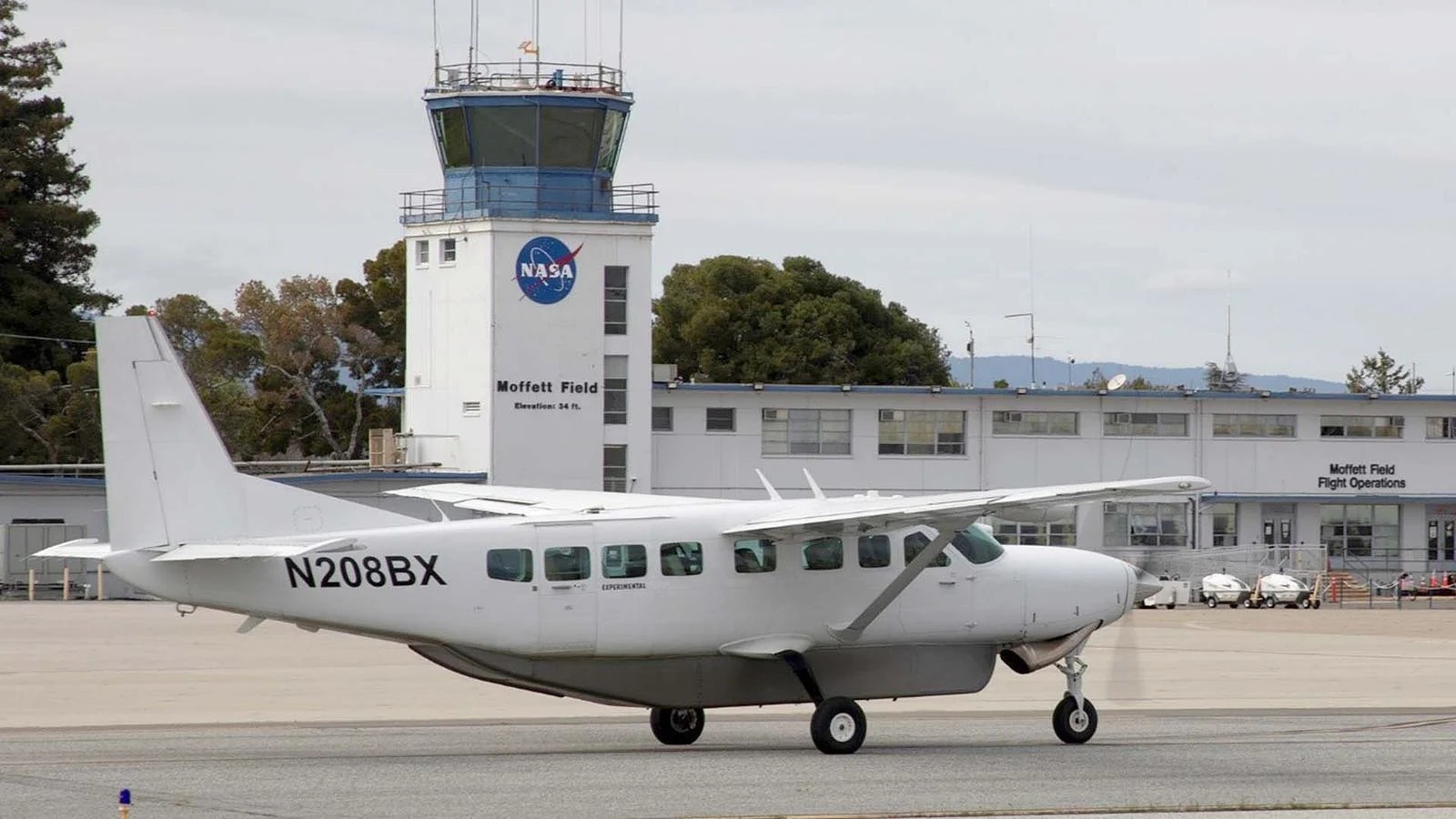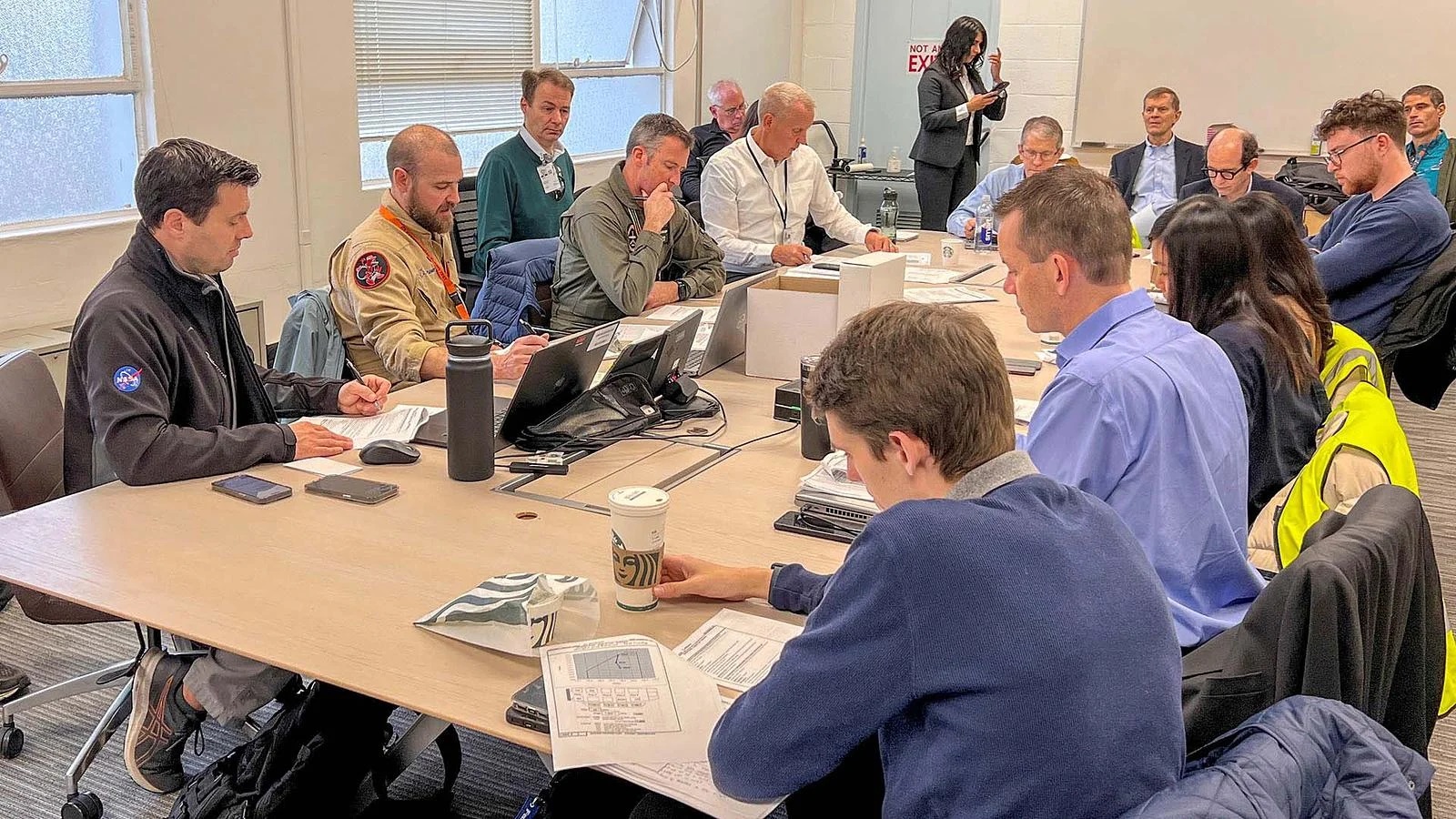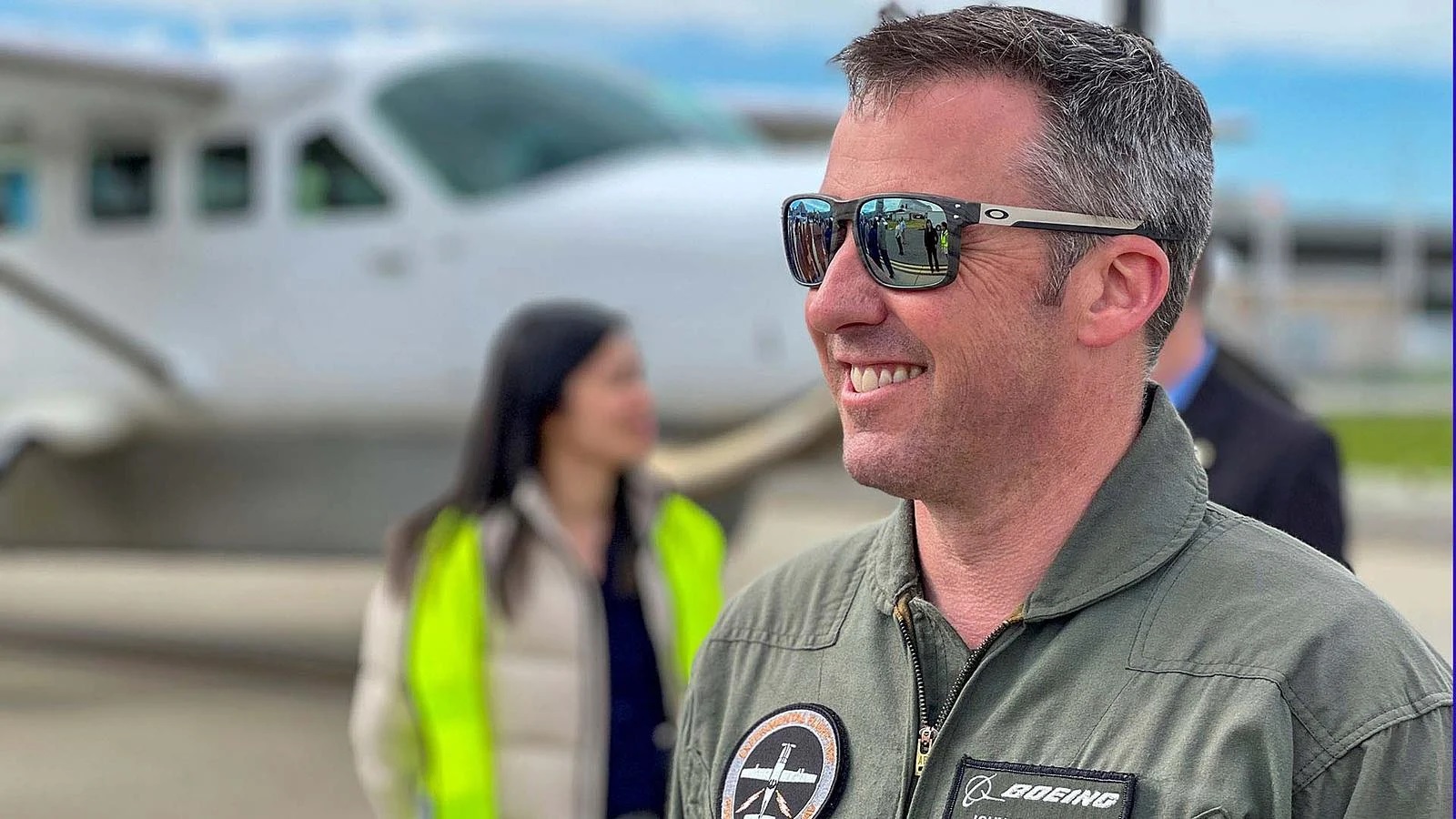A single-engine Cessna taxied back and forth on a runway earlier this year, but the pilots on the flight deck were largely hands off the controls. Instead, Boeing engineers sent digital commands from a nearby trailer.
The demonstrations at a NASA facility in California are part of a multi-year Boeing effort to make airplane handling safer and more efficient at airports. Today, ground operations – including the taxi phase of a flight – account for more than 10 percent of commercial airplane fatalities.
- “Testing like this takes years and multiple iterations as we learn, refine and repeat,” said Capt. John Parker, who piloted the test conditions. “We’re putting in the work to continue moving these development technologies forward because safer operations are important to us.”


